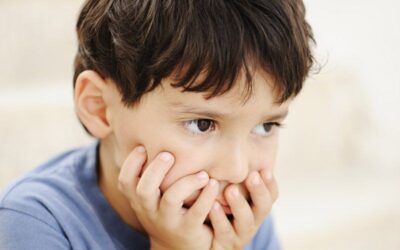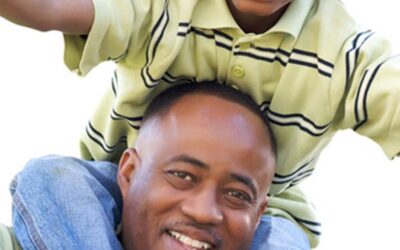Halloween can be so much fun! Children get to dress up and get loads of candy. What could be better? Below are some Halloween Tips for Children with Autism for families of children with autism to have a fun and safe Halloween
1. Explain It!
Children with Autism may not understand the concept of Halloween. Go over what activities Halloween includes with your child in advance. You can even create a drawing or a small home-made book to explain it.
2. Set Expectations!
Just like with most children, setting expectations ahead of time is a simple and highly effective way to manage behavior. When children with Autism are given simple rules and expectations, it’s easier for them to act in socially appropriate ways. Some children with Autism will respond well to a written list or a picture list of rules for Halloween.
3. Practice!
Practice what your family will be doing on that day. You can practice having your child ring the doorbell, say, “Trick or Treat,” and wait for candy without taking it or walking into the home. Walk around the neighborhood your family will be trick or treating in if needed.
4. Timing is Key!
Ensure that you plan for an appropriate time to go and an appropriate amount of time out during activities. Plan your Halloween activities according to your child’s needs. You may want to start trick or treating earlier, so it is still light out. You might even choose to go for only an hour or two to ensure the event isn’t too long for your family.
5. Teach Social Skills!
If you are doing activities with other children, use that opportunity to teach your child with autism how to interact appropriately with others.
6. Costume Considerations!
There are so many options for costumes. Try to choose one that your child enjoys, but one that is also comfortable to wear for a long period of time. Making your own costumes can be a great family activity. Children with Autism may have certain things that bother them in a costume. Be aware of your child’s level of comfort with certain fabrics and textures.
7. Avoid Sensory Overload!
Keep an eye on your child’s behaviors. If there is a house that might have too much going on, you might avoid it. Look out for sensory overload symptoms, and watch the behaviors that your child may show when they are done trick or treating. You may choose to bring a comforting toy for your child to hold onto or you might want to take breaks throughout the activities.
8. Candy, Candy, Candy!
Always check your child’s candy to make sure it is safe for them to eat. If your child has dietary restrictions, you should do what you can to provide candy alternatives, and even avoid putting “restricted” foods into their bag.
9. Lastly, have lots of Fun!
Please contact Acuity Behavior Solutions if you need any more information about Halloween Tips for Children with Autism!
Contact No:
Related Articles
What is Autism?
What is Autism Spectrum Disorder? Autism Spectrum Disorder sometimes referred to as ASD, is a neurological disorder that affects 1 out of every 68 children, depending on the study conducted.A diagnosis of Autism Spectrum Disorder now includes several disorders that...
How to Talk To Your Child After a Tantrum (Or Any Other Inappropriate Behavior)
A child with Autism may act differently than other children, and other children sometimes don’t know how to react. It’s important to teach autism awareness and acceptance to children who don’t have autism. Brothers and sisters, as well as friends and classmates, of a...
5 Wonderful Tips for a Successful Playdate
Playdates are great for kids! Especially those that may have a hard time socializing with a lot of people at school. Here are 5 tips for parents to help your child have a successful playdate! 1. Plan a date and time that works for everyone. Choose a time when...




